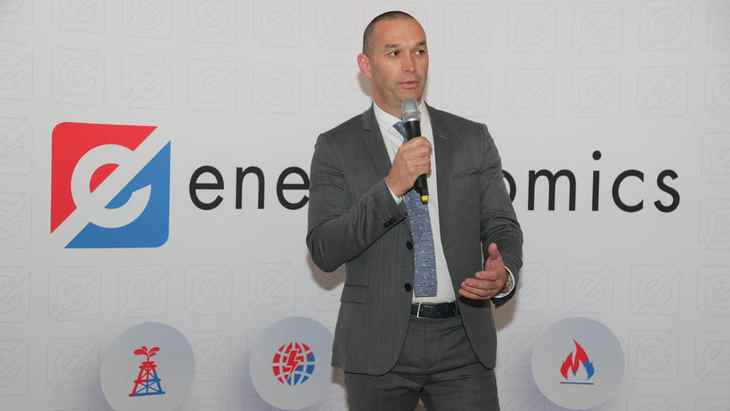For the anniversary edition of the Spring Cocktail, we launched the “Energynomics Outlook” project for members of the Energynomics community – a summary of the year’s forecasts as we collected them from experts and decision-makers. Thank you all for your contribution!
Against the background of the energy crisis and its negative effects, coupled with the consequences of the war near our borders in Ukraine, Romania is facing the same challenges as Europe. At the moment, some European decarbonisation and emission reduction plans seem to be compromised due to measures to revert to fossil fuels, but I remain confident that in the medium and long term, the actions promoted by the EU will speed up the decarbonisation process and will give impetus to the positive results which are so necessary in the process of reforming the European energy sector.
In the first phase of the crisis, most EU Member States took measures to support various categories of consumers, some of which only worked for a period and others are still in force. There is no doubt that these measures play an important role in keeping the EU economy functioning and supporting competitiveness. While in the case of short-term measures, each Member State has been somewhat individualistic in order to protect its economy and consumers at almost any cost, in the case of medium- and long-term measures, no Member State has an individual solution and there is a pressing need for regional and EU cooperation.
That is why I believe that the support measures are just a transition to the next period when the initiatives and actions taken in the medium and long term will have decisive effects. I am thinking here to investments in new electricity generation capacity to supplement the energy shortage in the European markets, i.e. to replace natural gas and expensive electricity produced from expensive natural gas with cheaper, preferably sustainable, low-CO2 solutions, to investments in the transmission and distribution networks, and to the implementation of new rules and regulations for making the networks more flexible, not only in terms of access to the networks but also in terms of their operation.
However, in order to make these investments – because we are largely talking about renewable energy – we must take into account the specific nature of renewable energy production and the need to prepare the networks to be able to integrate these new production capacities into the national and European energy system.
Also, if we have the ambition to have at least normal economic growth, but also to prepare for decarbonisation of the energy sector by 2050, we should already take some steps towards this goal from 2023. In the case of Romania, for the achievement of electrification and decarbonisation objectives, the resources of the Black Sea are essential, both the offshore wind potential and the natural gas reserves. The exploitation of these resources must also be a top priority because they can provide energy independence and give Romania the chance to become an important regional player in this field.
Talking about important ANRE projects with an impact on the energy market in Romania, I would like to mention our initiative to create an Online Platform for Switching Electricity and Natural Gas Supplier (POSF), which will simplify the technical part of the switching process.
POSF is an important project with which we have a good chance of becoming the first country in the EU where the technical part of the switching process can be completed within 24 hours, before the 2026 deadline set in Directive (EU) No 944/2019.
The platform was completed in 2022, at the deadline set in the funding contract with MIPE, the database is loaded with information on consumption locations and electricity and gas supply contracts, but still, like any new software, it has small problems, “bugs” which are currently being identified and eliminated. At the moment, any interested person can access POSF to create an account, associate consumption locations and identify the electricity and gas supply contracts they have concluded.
The year 2023 is the last year of the fourth regulatory period, and perhaps one of the most important challenges for ANRE in 2023 will be to establish the ground rules, but also the methodologies for setting network tariffs in the next regulatory period. These rules and methodology will have a direct effect on the investments that will be made in the next 4 years in the electricity and gas networks in Romania.
From the point of view of end customers, the new Electricity Supply Regulation, recently approved by the Regulatory Committee of ANRE, will have a significant impact, as it is not only adapted to the new provisions of national legislation but also solves and eliminates some of the problems that customers have been facing in their relationship with electricity suppliers. Among the effects expected to be generated by the application of the provisions of this Regulation is a decrease in the number of petitions and complaints addressed to ANRE.
* All highlights belong to Energynomics
